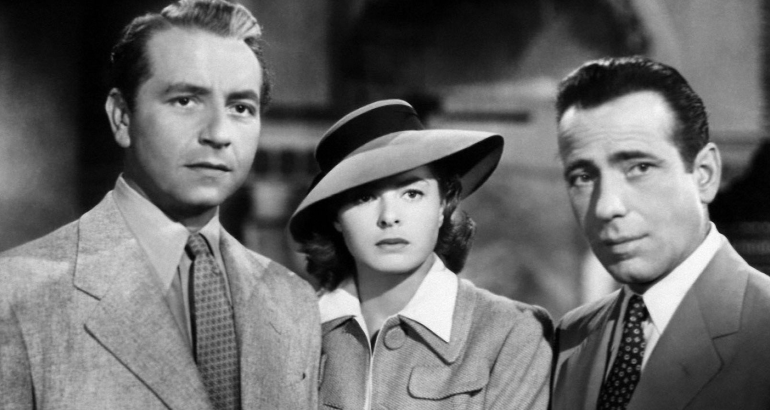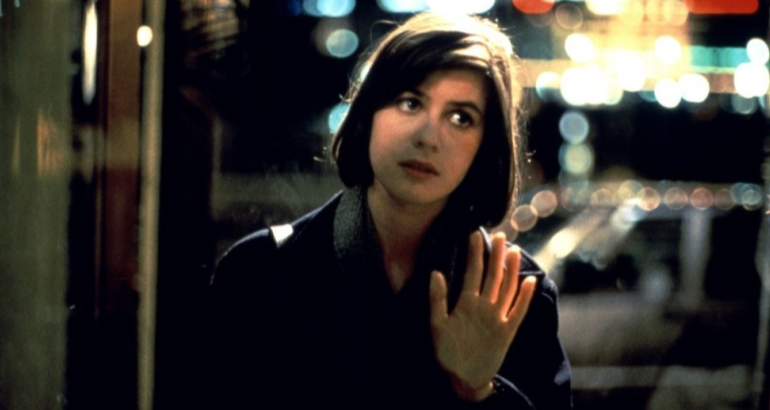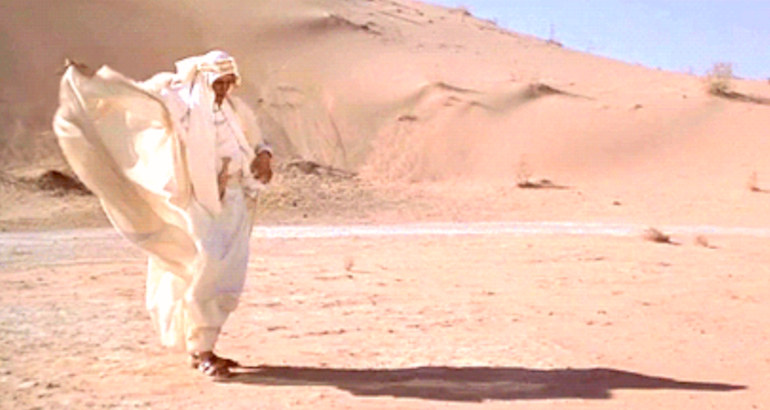Casablanca: The Timeless Masterpiece of Love and Sacrifice

- Film





Overview
Michael Curtiz's Casablanca (1942) stands as one of the most beloved films in cinema history, a perfect alchemy of romance, political intrigue, and wartime suspense set in the Moroccan city teeming with refugees desperate to escape Nazi-occupied Europe. Starring Humphrey Bogart as the cynical American expatriate Rick Blaine and Ingrid Bergman as his long-lost love Ilsa Lund, this Warner Bros. classic transcends its origins as a studio assignment to become a cultural touchstone, winning three Academy Awards including Best Picture and delivering some of the most quoted lines in film history.
Contents
The Story: A Perfectly Constructed Drama
The Direction: Curtiz's Invisible Mastery
The Performances: Iconic Yet Nuanced
The Story: A Perfectly Constructed Drama
Set in December 1941, the narrative unfolds over three tension-filled days at Rick's Café Américain, where:
- Rick, claiming neutrality, secretly harbors pain over Ilsa's Paris betrayal
- Ilsa arrives with Resistance leader Victor Laszlo (Paul Henreid), revealing why she abandoned Rick
- Captain Renault (Claude Rains) plays all sides while the menacing Major Strasser (Conrad Veidt) tightens the Nazi noose
The brilliant screenplay (Julius J. Epstein, Philip G. Epstein, and Howard Koch) balances:
- Romantic longing ("Here's looking at you, kid")
- Political urgency (the "Marseillaise" duel scene)
- Moral awakening (Rick's redemption arc)
- Witty repartee ("Round up the usual suspects")
The Direction: Curtiz's Invisible Mastery
Curtiz's "workmanlike" approach created magic:
- Lighting: Max Steiner's use of shadows (Rick's introduction is all cigarette smoke and obscured eyes)
- Blocking: The Paris flashback's 360° kiss versus Casablanca's tense two-shots
- Pacing: The famous airport finale was shot and edited in one sleepless weekend
- Atmosphere: The fog machine-heavy set made actors miserable but created visual poetry
The film's "happy accidents"—like Bogart's trembling lip during "As Time Goes By"—show how Curtiz turned limitations into strengths.
The Performances: Iconic Yet Nuanced
- Bogart's Rick: His tough-guy persona cracks to reveal vulnerability ("If that plane leaves the ground and you're not with him...")
- Bergman's Ilsa: Her face in close-up conveys entire emotional histories
- Rains' Renault: The definitive charming rogue ("I'm shocked—shocked!—to find gambling...")
- Greenstreet & Lorre: The ultimate character actor duo adding texture
Even small roles shine: Dooley Wilson's Sam embodies dignity, while Marcel Dalio's croupier adds world-weariness.
Themes: Why It Endures
- Personal vs. Political Duty: Rick chooses to help Laszlo despite his heartbreak
- Exile and Identity: The refugee subplots resonate across generations
- Romantic Idealism: The sacrifice of true love ("The problems of three little people...")
- American Mythmaking: The cynical patriot finding his purpose
The film's 1942 release—coinciding with the real Casablanca Conference—gave its hope against fascism urgent relevance.
Cultural Impact
Beyond its famous lines ("Play it, Sam"), Casablanca shaped:
- Noir aesthetics (the foggy airport)
- Romantic tropes (the noble sacrifice)
- War propaganda (the Allied message never feels forced)
- Hollywood craft (its three-act structure remains textbook-perfect)
The 1998 4K restoration revealed new details in Arthur Edeson's cinematography, while preserving the film's emotional power.
Why It Still Captivates
Modern viewers respond to:
- The antihero lead—Rick predates today's morally complex protagonists
- The strong female character—Ilsa drives the plot through her choices
- The immigrant experience—the refugees' desperation feels painfully current
- The bittersweet ending—more moving than any tidy resolution
Viewing Recommendations
-
First-Time Watchers:
- Note how the "As Time Goes By" melody evolves emotionally
- Track Rick's drink choices (he stops when making moral decisions)
-
Cinephiles:
- Compare the script's three drafts at the Warner Bros. archive
- Study the Dutch angles used only during Nazi scenes
-
Historical Context:
- Research the real Casablanca refugee crisis
- Explore how the Breen Office censored Rick and Ilsa's backstory







